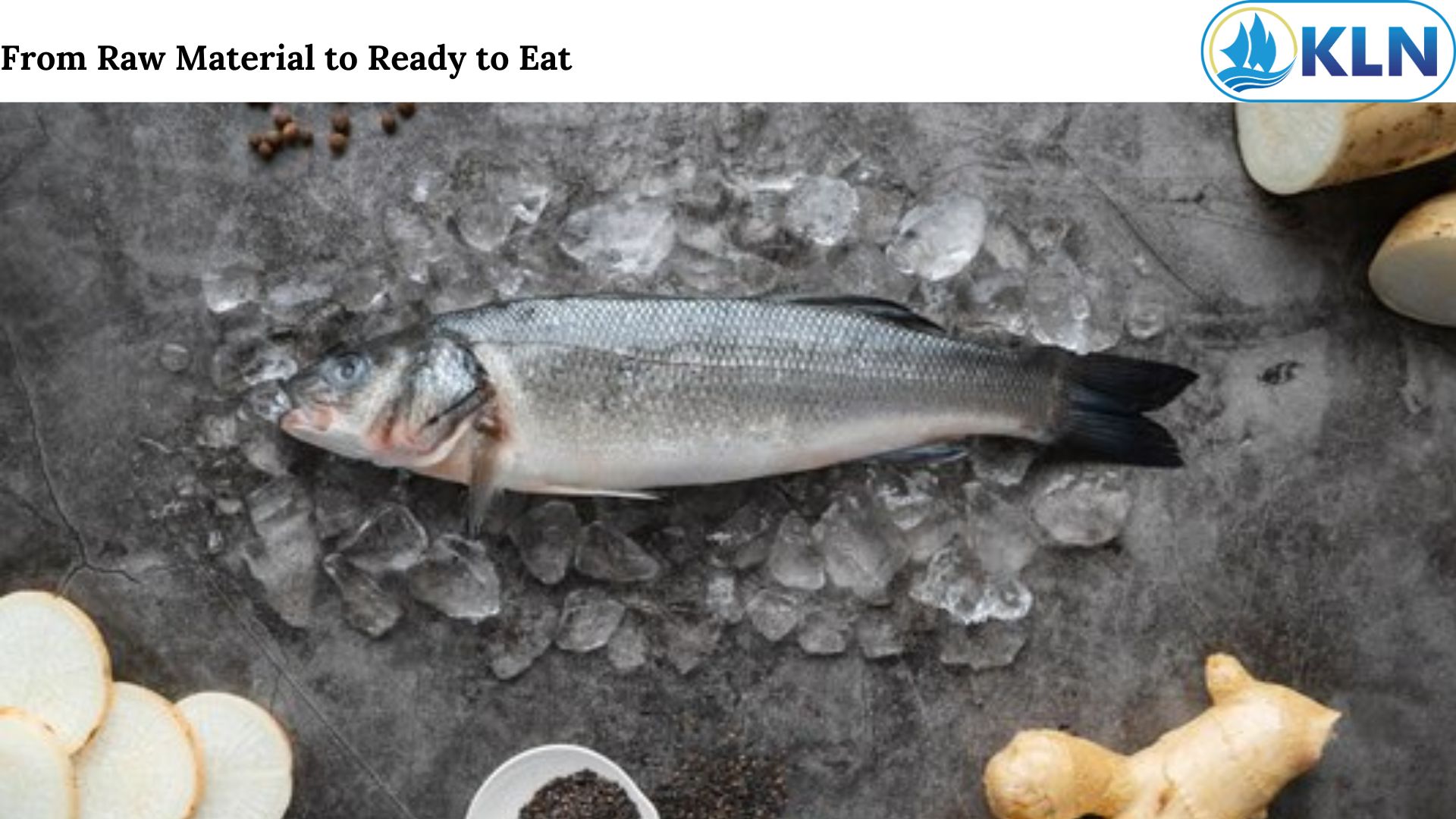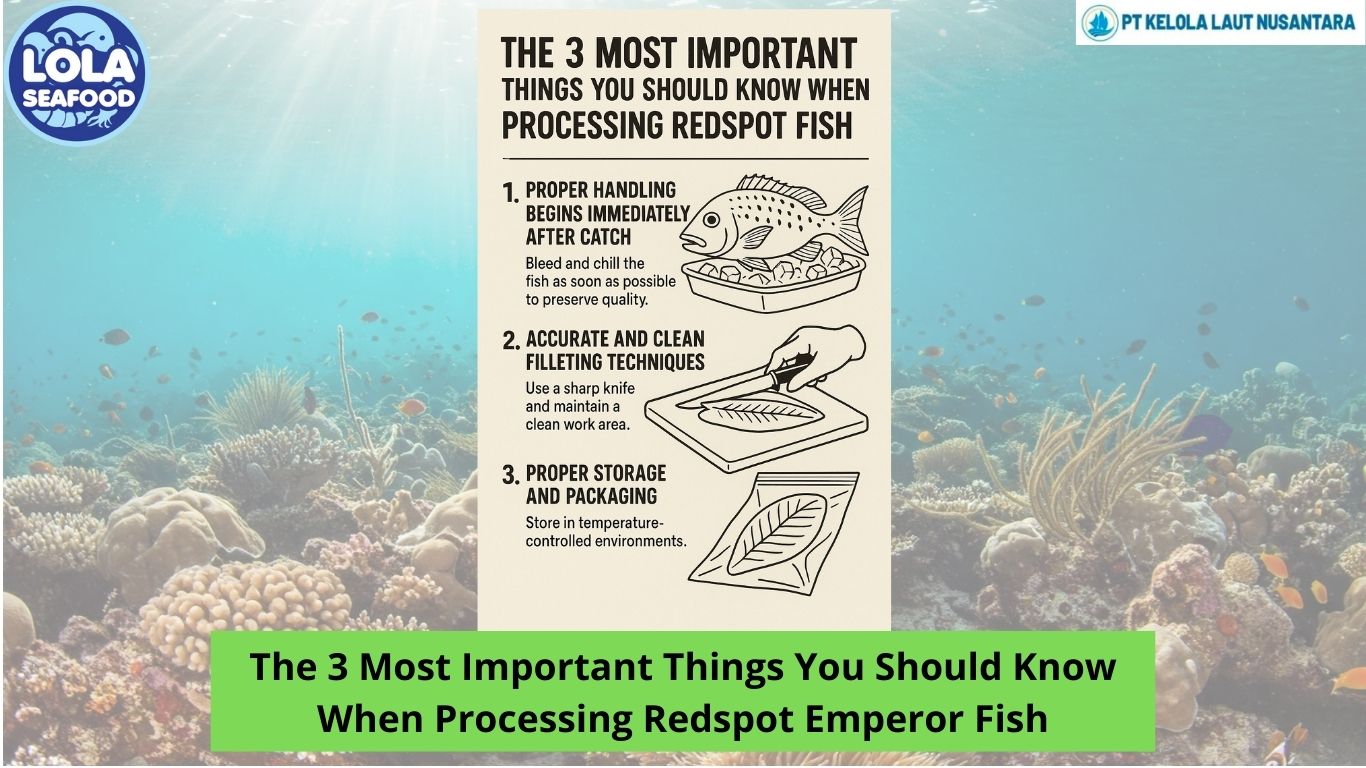The Essential Guide to Fish Bone Removal Techniques for Enhanced Seafood Quality
By. Najih - 19 Sep 2024
When it comes to preparing high-quality seafood, one critical aspect that often gets overlooked is fish bone removal. Properly removing bones from fish not only enhances the eating experience but also ensures safety and improves the product’s marketability.
1. Manual Bone Removal
Manual bone removal is a meticulous but highly effective method. Using a pair of needle-nose pliers or fish bone tweezers, you can carefully extract pin bones from the fillet. This technique is ideal for smaller bones that are difficult to remove with a knife. To ensure thoroughness, run your fingers along the fillet to feel for any remaining bones. This hands-on approach is particularly useful in high-end seafood preparation, where precision is paramount.
2. Using a Fish Bone Separator
For larger operations, a fish bone separator can streamline the process. This tool uses a mechanical approach to remove bones efficiently and is particularly useful for processing larger quantities of fish. The separator works by passing fillets through a series of blades that extract bones while preserving the integrity of the meat. This method is faster and more consistent compared to manual removal, making it a popular choice in commercial seafood processing.
3. Employing a Fish Deboning Machine
In large-scale seafood processing, fish deboning machines are indispensable. These machines automate the process of bone removal, ensuring uniformity and speed. They are designed to handle various types of fish and can be adjusted to accommodate different fillet sizes. While an initial investment is required, the efficiency and consistency provided by these machines justify the cost for high-volume operations.
4. Precision Knife Techniques
For those who prefer a more traditional approach, precision knife techniques are crucial. A sharp, flexible fillet knife is essential for separating bones from flesh cleanly. Begin by making precise cuts along the backbone and rib cage, then carefully lift the bones away from the fillet. This method requires practice but can yield excellent results for both professional chefs and home cooks.
5. Importance of Proper Training
Regardless of the method chosen, proper training in fish bone removal techniques is vital. Understanding the anatomy of the fish and mastering the tools and techniques will ensure that the fish fillets are free of bones and safe for consumption. Training programs and workshops are available for both individuals and businesses looking to enhance their seafood processing skills.

.jpg)
.jpg)
.jpg)




